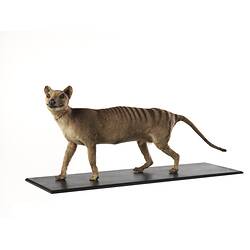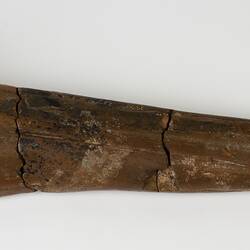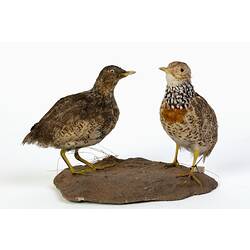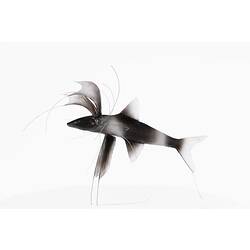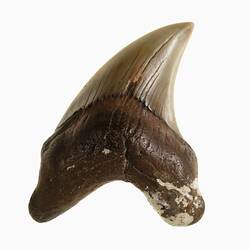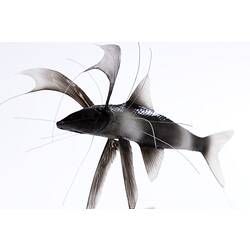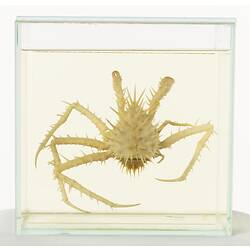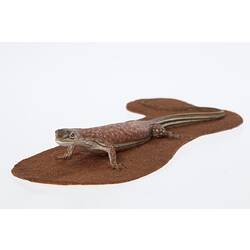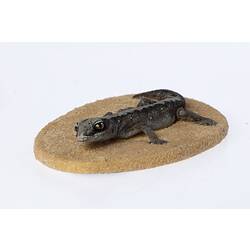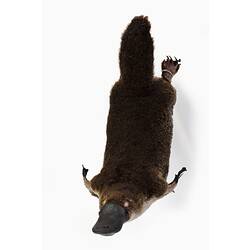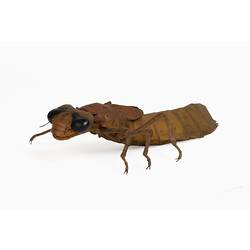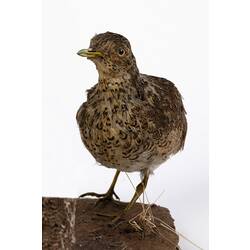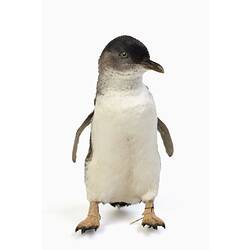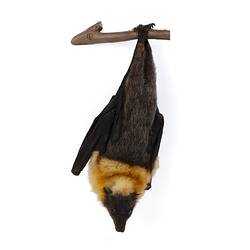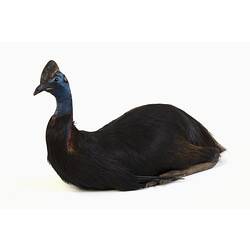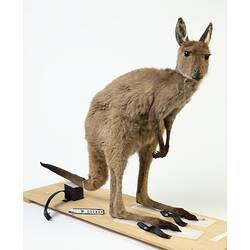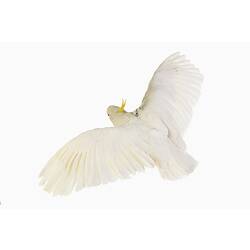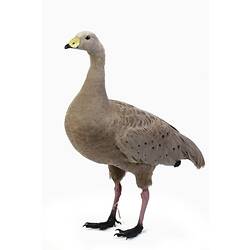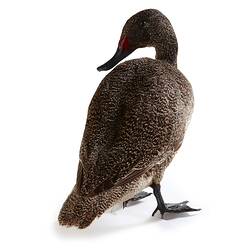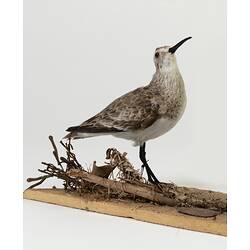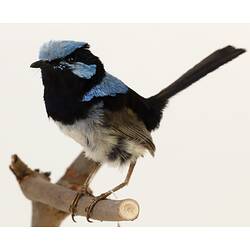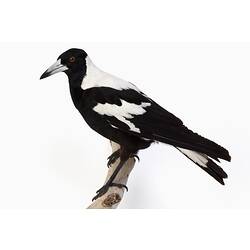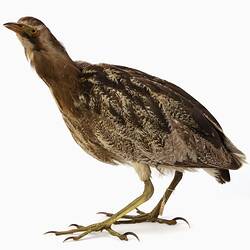For more than 165 years Museums Victoria researchers have been inquiring, collecting, and collaborating to understand our changing world.
The Research Institute Gallery is a snapshot of Museums Victoria's active and ongoing research in the Sciences told through collection objects, film, photographs, and interviews.
In this dynamic gallery, visitors can find out about our latest scientific research and see a selection of rare and valuable specimens, some on public display for the first time. Visitors will hear directly from scientists about what excites them and the significance of their research.
This exhibition provides an intimate inside look at how Museums Victoria does research and the widespread impact of our work. Visitors will leave inspired by our research mission and the many ways to get involved and contribute.
Below you can browse the specimens on display in the Research Institute Gallery; just a small selection of the vast collections at Museums Victoria. Along with emblematic species of our seas, lands, and forests, explore the specimens that underpin the important scientific research currently highlighted in the gallery.
Current featured research:
Are these clues to a lost world? - Melbourne's Bayside suburbs are home to the most important urban fossil sites in Australia, yielding extraordinary fossils of sea creatures that provide a unique window on Australia's oceans from 5 million years ago.
Is extinction forever? - Precious specimens from our collections, and the genetic material they contain, are critical to conservation biology and are contributing to research exploring de-extinction of lost species.
What kind of lizards live in our landscape? - Australia is a hotspot for lizard diversity. Researching and monitoring Australia's vulnerable native lizards helps us see the effects of bushfires and climate change on our fragile ecosystems.
What's down deep? - The abyssal waters of Australia's oceans are some of the least explored marine habitats on Earth, and scientists from our Research Institute are discovering many new species at these great depths.
What do platypuses really eat? - The freshwater invertebrate specimens in our collections are helping our scientists match and recognise exactly which species Platypuses eat, to better understand their diet and ecology.
Are birds okay? - Analysis of bird calls using bioacoustics technology is expanding our understanding the diversity and distribution of Victoria's bird species.
More Information
-
Keywords
-
Authors
-
Article types



